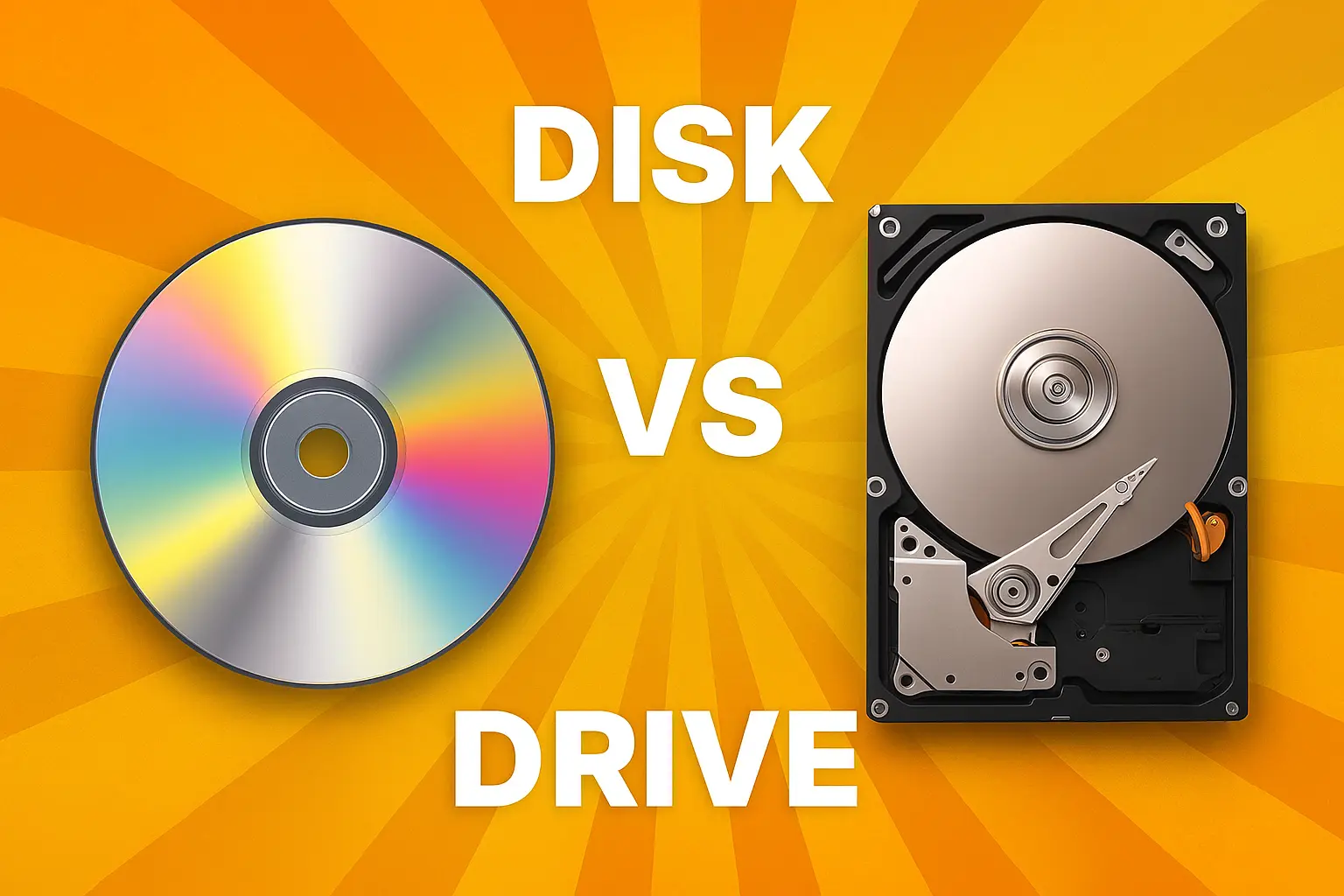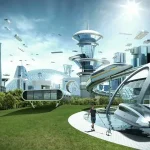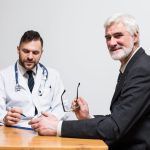I think we all have moments when we hear tech words like “disk vs drive” and wonder what they really mean. I used to think they were the same thing. But when I started learning more, especially while reading about spinal surgery and how disks in our spine work, I realized that understanding the difference is super important. If you’re like me and want to know what makes a disk different from a drive, this article is for you.
We’ll explore how these terms are used in computers and in our bodies. Yes, that’s right our spine has disks too. And if you’ve ever heard of spinal fusion or diskectomy, you’ll see how this knowledge connects to health care, medical education, and even the work done by places like the Mayo Clinic.
Let’s dive in and learn together.
What Is a Disk?
When I first heard the word “disk,” I imagined a round thing that stores stuff. That’s not wrong. In computers, a disk is a physical object. It’s like a flat circle that holds data. There are different types of disks:
- Hard disks are inside your computer and store files
- Compact Discs (CDs) are used for music or software
- Spinal disks are soft cushions between the bones in your spine
In our spine, disks help us move and bend. If a disk gets damaged, it can cause back pain or neck pain. That’s when doctors talk about things like herniated disks or bulging disks. These problems can lead to spinal surgery or procedures like diskectomy or laminectomy.
What Is a Drive?
Now let’s talk about drives. A drive is the part of a computer that reads or writes data to a disk. Think of it like a machine that uses the disk. If the disk is a book, the drive is the person reading it.
There are different kinds of drives:
- Hard Drive holds the hard disk and other parts
- CD Drive reads CDs
- Solid-State Drive (SSD) stores data without spinning disks
In our body, we don’t have “drives” like computers do. But we do have systems that move signals — like our spinal cord. If the spinal cord gets injured, it can affect how our body works. That’s why understanding disks and drives matters in both tech and health.
How Disks and Drives Relate to Spine Health
I didn’t expect to find a connection between computer disks and spinal disks. But when I read about spinal fusion and cervical diskectomy, I saw how important disks are in medicine.
Here’s what I learned:
- Spinal fusion joins two vertebrae to stop movement and reduce pain
- Diskectomy removes a damaged disk
- Cervical spine fusion helps with neck pain and cervical spondylosis
- Lumbar fusion helps with lower back pain and lumbar spondylosis
These procedures are done by medical professionals and healthcare teams. They use tools and research from places like the Mayo Foundation and clinic researchers. They help international patients and offer charitable care and financial assistance.
Conditions and Symptoms Related to Disks
If you’ve ever had back pain or neck pain, you might have a disk problem. I learned that disks can cause many symptoms:
- Radiculopathy is nerve pain from a disk pressing on a nerve
- Lumbar radiculopathy affects the lower back
- Thoracic radiculopathy affects the middle back
- Cervical radiculopathy affects the neck
- Myelopathy is spinal cord damage
- Cervical myelopathy affects the neck area
- Sciatic pain comes from the sciatic nerve
- Stenosis is narrowing of the spinal canal
- Pseudoarthrosis is when fusion doesn’t heal properly
- Arthritis can affect spinal joints
- Slipped disks are common in injuries
- Spinal cord injury can be life-changing
Diagnosis and Procedures
Doctors use many tools to check disk problems. I found out about these:
- Discogram is a test to see if a disk causes pain
- Annulus is the outer part of a spinal disk
- Lumbar interbody fusion joins bones in the lower back
- Cervical disk replacement swaps a damaged disk
- Laminotomy removes part of the bone to relieve pressure
- Injection can reduce pain
- Procedure means any medical action taken
These help improve patient outcomes and are part of medical education and research education. Students and researchers learn how to treat spine problems using these methods.
Institutions and Professionals
I think we should appreciate the work of healthcare professionals. They study hard and help people with spine problems. Some important names I came across:
- Mayo Clinic is a top medical center
- Mayo Foundation supports research
- Clinic researchers study diseases
- Medical professionals perform surgeries
- Healthcare team includes doctors, nurses, and therapists
- Clinic press shares updates
- Clinic app helps patients
- International patients come from all over the world
Education and Research
We are lucky to have researchers and students who care about health. They study spinal stenosis, spondylolisthesis, and degenerative disk disease. They look at how cervical spondylosis and spondylotic myelopathy affect people.
Their goal is to improve patient outcomes. They use research education to train future doctors. Medical education is key to solving health problems.
Care and Health Context
Health is not just about hospitals. It’s about care, disease prevention, and support. I learned that:
- Charitable care helps people who can’t afford treatment
- Financial assistance makes surgery possible
- Products like braces and cushions help with pain
- Businesses support healthcare centers
- Center means a place where care is given
Related Terms
Some words I didn’t know before but now understand:
- Cord is the spinal cord
- Stem can mean brainstem or stem cells
- Tumor is a growth that can press on disks
- Que is a line or waiting list
- Disco is not related but sounds like disk
- Special offers are sometimes given by clinics
Personal Experience
I remember when my uncle had back pain. He went to a clinic and they said he had a herniated disk. The healthcare team explained everything. They used a discogram and found the problem. He had a lumbar fusion and now he feels better.
That’s when I realized how important disks are not just in computers but in our bodies. If we understand the difference between disk and drive we can make better choices.
FAQ: Disk vs Drive
Q: Is a disk the same as a drive?
A: No. A disk is the part that stores data. A drive is the machine that uses the disk.
Q: What is a spinal disk?
A: It’s a cushion between bones in your spine. It helps you move and bend.
Q: What happens if a disk is damaged?
A: You may feel back pain or neck pain. Doctors might suggest spinal fusion or diskectomy.
Q: Can disks be replaced?
A: Yes. Procedures like cervical disk replacement help with pain.
Q: What is radiculopathy?
A: It’s nerve pain caused by a disk pressing on a nerve.
Q: Who treats disk problems?
A: Medical professionals and healthcare teams at places like Mayo Clinic.
Q: What is the role of research in spine care?
A: Researchers study diseases and improve patient outcomes through medical education.
Conclusion
I think understanding the difference between a disk and a drive helped me see how tech and health connect in surprising ways. Disks store data in computers but they also cushion our spine. Drives read and write data while our spinal cord sends signals through the body. If we know how disks work whether in machines or in our back we can take better care of both.
From spinal fusion to diskectomy and from hard drives to SSDs I now see how important these terms are. Whether you’re a student, a patient or just curious, this knowledge matters. And that’s why I wanted to share what I learned so we all understand it better.









